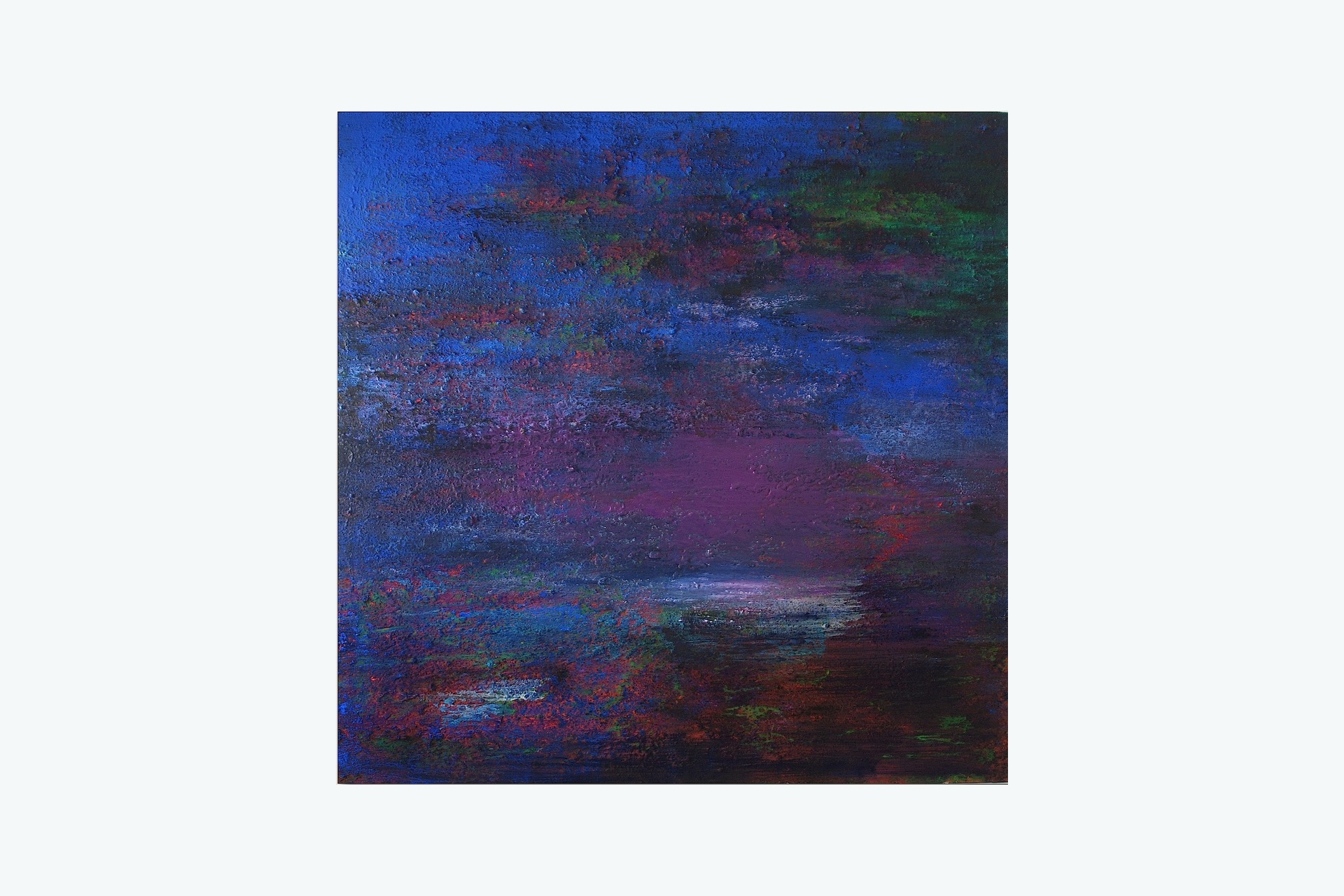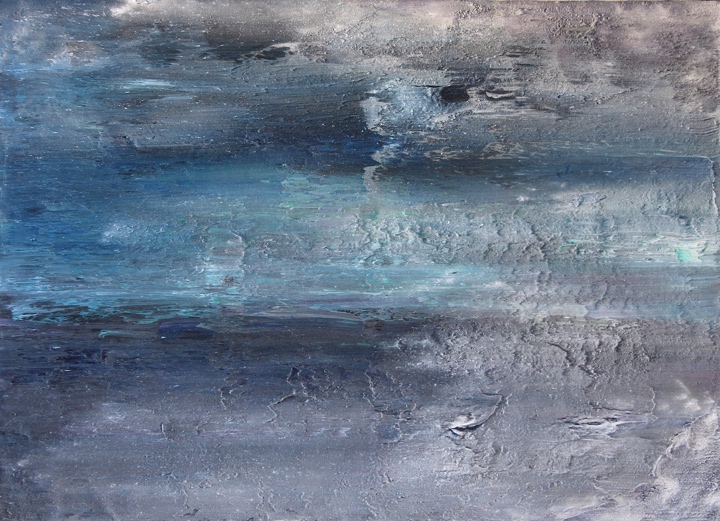

A Topological paragon of Alberto Reguera’s installations.

The great thing about Alberto Reguera, besides his incredibly warm and charismatic personality, is that he is one of those artists that defy pigeonholing. His work is nearly impossible to categorize, beautiful and visually powerful yet a headache for art historians or critics who make any attempt to classify it. Alberto eludes stereotypes and definitions and he does so with devastating panache. He is a painter a sculptor, an installation artist and all of those simultaneously.
Alberto is in a class of his own and any attempt at codifying him will be futile yet, in a bid to find an analogy by which to describe Alberto Reguera’s work, I came to realize that there is an uncanny resemblance, to what he does, with the definition of Topology.
“Alberto’s attains visual impact by using lush, rich colours. His expression as an abstract painter is not restrained in his choice of palette and his technique in applying the paint.”
— Evangelo Costadimas
Topology is an area of Mathematics that studies the relationship between space and objects. In particular, Topology looks at those relationships and how they are preserved, despite a gradual deformation of the objects such as stretching or expanding. Think of a white cube space, such as a room in an art gallery or modern museum, in which a series of abstract paintings are hanging on the walls. Now imagine that suddenly, due to some unknown force, the flat and nearly two-dimensional paintings start to expand as they begin to take the form of three-dimensional objects. The colours on the canvases spill over the sides and splash onto the white walls. Some more appear spread across the floor. By now they have expanded so far that they begin to look more like cubes. Now you start to get the picture but that is only the start.
Alberto’s attains visual impact by using lush, rich colours. His expression as an abstract painter is not restrained in his choice of palette and his technique in applying the paint. He lays the paint in thick layers giving his paintings an organic texture, anaglyphic forms appear as if carved in flowing bass relief. His canvases are almost always square in shape; they give the impression of being cubes that protrude from the walls on which they are hanging. These expanded paintings become objects, which Alberto uses to great effect, as building blocks of his installations. Each one is an abstraction of a landscape in a particular hue, but when banded together in a group, they start to form another picture, not unlike the coloured pixels that eventually form a digital image. Particular attention is given in the spatial relationship between objects and the critical viewing distance. The layout of the installation is intentionally plotted to engage viewers in a dialog with the works. Each installation is site specific and in a way, ephemeral in nature despite the fact that its components are perennial objects.

Alberto concedes that he is taking risks with the experimentation in his art practice, but his risk taking is paying off. He has achieved a style and motif that is unique and his work is being recognized at an international scale. With his work, he reminds us that the art of painting is still relevant in contemporary art and he has pushed the boundaries of using paintings in a highly conceptual form.
Ultimately, there is an association of Alberto’s work to volume. The increased third dimension of his canvases, the inclusion of physical depth, results in a net increase in real volume. And although the individual objects are marvelous, each on their own right, it is when they are part of his installation that they gain volume, the voice of each piece is multiplied in unison like the sound of many violins in a symphony orchestra. At the same time, conceptually, his installations are much like mathematical structures in the study of Topology, they seek out formal concepts such as convergence, connectedness and continuity.
Evangelo Costadimas is an independent curator and artist; photography has been the main medium. In 2008 he received a Master of Fine Arts degree from the Royal Melbourne Institute of Technology. He has also worked as the resident curator for Osage Gallery (2008 - 2009) and was the assistant curator for the Hong Kong participation in the 52nd Venice Biennale (2007)